Enter a surname, town name or other keyword to search the database. Remember to
allow for the different spellings of 'Mc' and 'Mac.' Good luck!
{Search tips: Use single word search terms for more results}
You must enter some valid character(s) into the search field

Reference: 44611a
Lieutenant John C.O.R Hopkinso...
|

Reference: 43283e
Lieutenant Angus Grant, elder ...
|
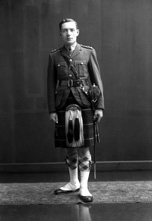
Reference: 43283d
Lieutenant Angus Grant, elder ...
|
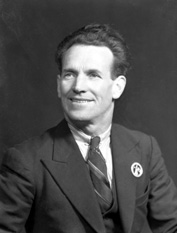
Reference: 38442
Frank G. Power, Newfoundland ...
|
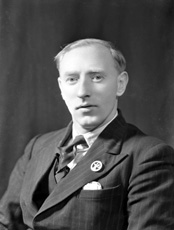
Reference: 38350
M. Earles, Newfoundland, Edder...
|
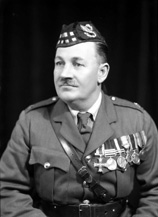
Reference: 28033a
Major Donald Munro MC (1880-19...
|
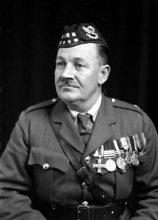
Reference: 28033b
Major Donald Munro MC (1880-19...
|
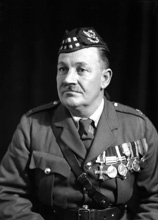
Reference: 28033c
Major Donald Munro MC (1880-19...
|

Reference: cc30
Tom Fraser, D Battery, 91st Br...
|
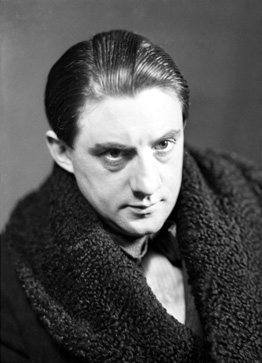
Reference: 31208
Sir John Barbirolli, born as G...
|

Reference: H-0026f
Culloden battle re-enactment.*...
|

Reference: H-0026e
Culloden battle re-enactment.*...
|